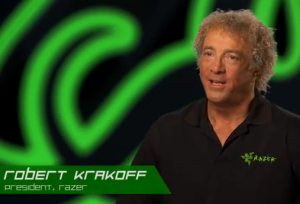 I’m curious… what web tools could you absolutely not live without? To make money online, you need systems and software helpers. I don’t try them all out, it tends to drive me nuts to have too many distractions and things to learn.
I’m curious… what web tools could you absolutely not live without? To make money online, you need systems and software helpers. I don’t try them all out, it tends to drive me nuts to have too many distractions and things to learn.
As I got on the computer this morning, however, I’ve got to say that I couldn’t live without Roboform to keep my passwords easily accessible for various sites. I used to keep a word doc listing them all, yikes! Impossible to keep the list updated or alphabetized.
Roboform stores them all for you, and is right there in your tool bar. Check it out. (Not an affiliate!)
Here are my top 3 tools:
- Roboform
- Scribe SEO content analyzer
- WordPress Headway Theme
- KickStartCart
I know that’s 4, but I can’t live without the Cart either! Read More→











